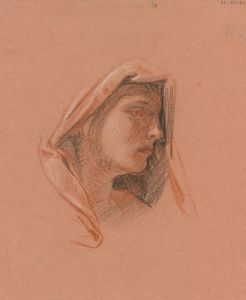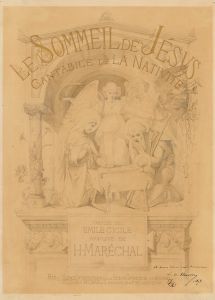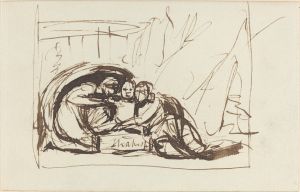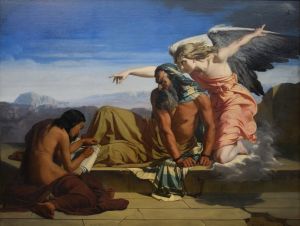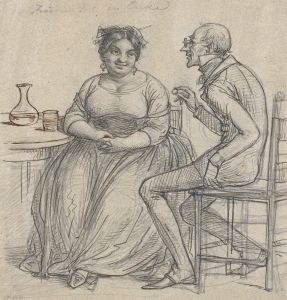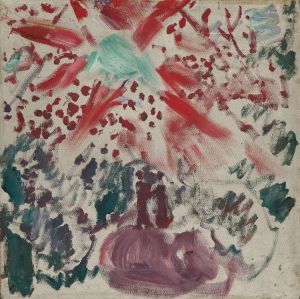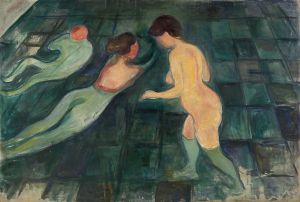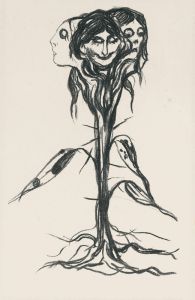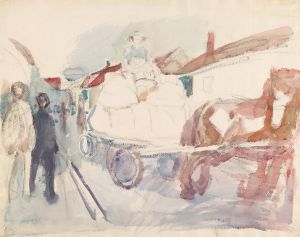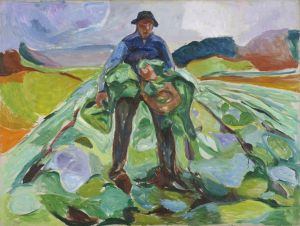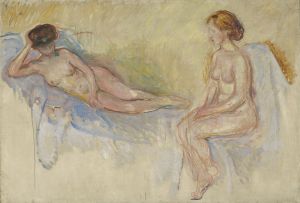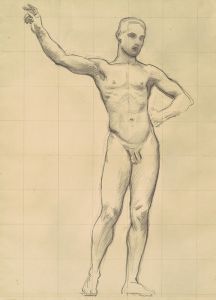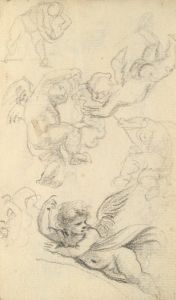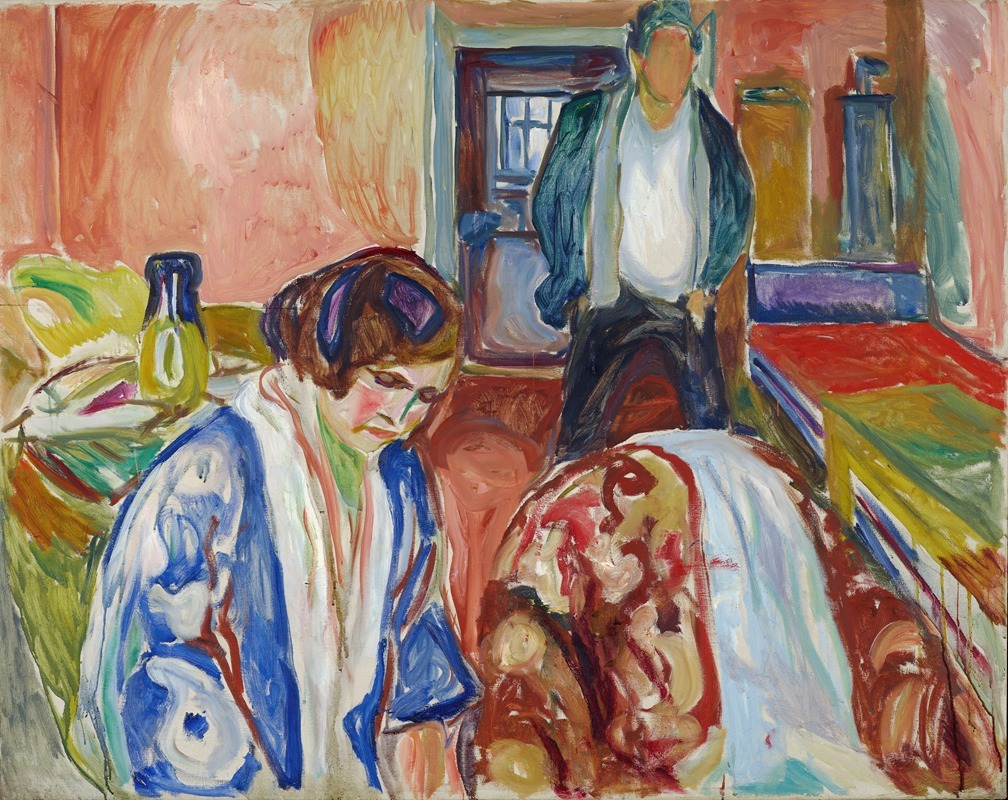
The Artist and his Model
A hand-painted replica of Edvard Munch’s masterpiece The Artist and his Model, meticulously crafted by professional artists to capture the true essence of the original. Each piece is created with museum-quality canvas and rare mineral pigments, carefully painted by experienced artists with delicate brushstrokes and rich, layered colors to perfectly recreate the texture of the original artwork. Unlike machine-printed reproductions, this hand-painted version brings the painting to life, infused with the artist’s emotions and skill in every stroke. Whether for personal collection or home decoration, it instantly elevates the artistic atmosphere of any space.
"The Artist and His Model" is a painting by the renowned Norwegian artist Edvard Munch, who is best known for his iconic work "The Scream." Munch was a pivotal figure in the Symbolist and Expressionist movements, and his work often explored themes of existential dread, love, and the human psyche. While "The Artist and His Model" may not be as widely recognized as some of his other works, it is an important piece that reflects Munch's ongoing exploration of the relationship between the artist and the subject.
Edvard Munch was born on December 12, 1863, in Loten, Norway, and grew up in a household marked by illness and death, which profoundly influenced his artistic vision. His mother died of tuberculosis when he was just five years old, and his father passed away when Munch was 14. These early experiences with mortality and loss became central themes in his art.
"The Artist and His Model" was created during a period when Munch was deeply engaged with the idea of the artist's role in society and the nature of artistic creation. This painting, like many of Munch's works, is characterized by its emotional intensity and use of vivid colors. Munch often employed a style that blurred the lines between reality and imagination, creating a dreamlike quality in his compositions.
In "The Artist and His Model," Munch explores the dynamic between the creator and the muse. The painting depicts an artist in the act of painting a model, a theme that has been a subject of interest for many artists throughout history. This relationship is often complex, involving elements of power, observation, and interpretation. Munch's portrayal of this theme is likely to be introspective, reflecting his own experiences and thoughts on the artistic process.
Munch's technique in this painting, as in many of his works, involves bold brushstrokes and a vibrant color palette. His use of color is not merely decorative but serves to convey the emotional undercurrents of the scene. The figures in the painting may appear somewhat distorted, a hallmark of Munch's style that emphasizes psychological depth over realistic representation.
Throughout his career, Munch was influenced by various artistic movements and contemporaries, including the Symbolists and the Post-Impressionists. He was also deeply affected by the writings of philosophers and playwrights, which informed his exploration of existential themes. Munch's work often delves into the complexities of human emotion, and "The Artist and His Model" is no exception.
Munch's legacy is significant, and his influence can be seen in the works of later Expressionist artists. His ability to convey profound emotional experiences through his art has left a lasting impact on the art world. "The Artist and His Model" is a testament to Munch's skill in capturing the intricate relationship between the artist and the subject, a theme that continues to resonate with audiences today.
Edvard Munch passed away on January 23, 1944, leaving behind a vast body of work that continues to be studied and admired. His exploration of the human condition through art remains relevant, and "The Artist and His Model" is a notable example of his contribution to modern art.





